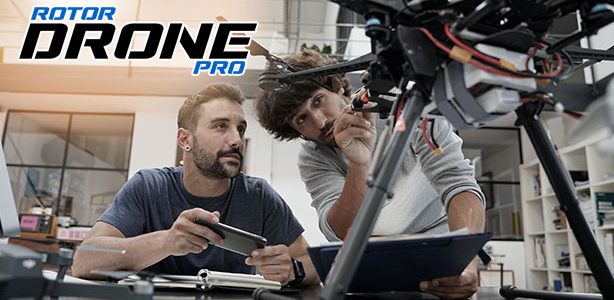Stepping up into the world of cinematography requires a big drone that can carry a camera that shoots in a larger format. The Yuneec Tornado H920 Plus is just the bird to fit the bill. This carbon-fiber, 6-blade multirotor can carry a good-size camera and has good flight performance and flight time to allow you a full day of shooting.
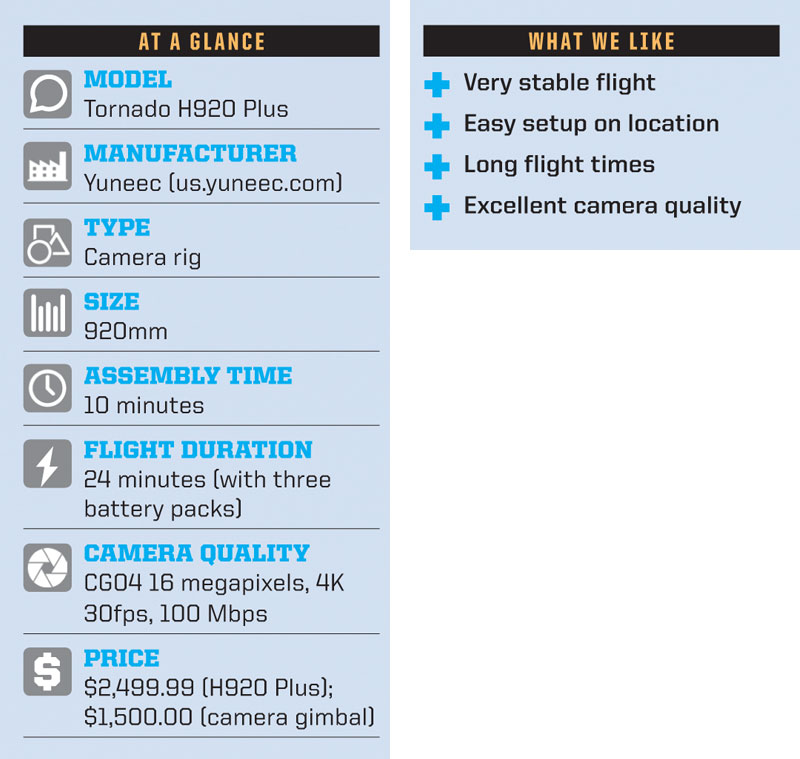
Highlights
Designed for advanced pilots, the Tornado H920 is surprisingly easy to fly and control, and the Plus version I reviewed has automated, advanced flight modes that help create professional-looking videos. This bird comes with everything needed to get it in the air, including a very nice battery charger. Its foldable arms are easy to set up, and it only takes a couple of minutes to have them ready to go. Then it takes just a few more minutes to attach the quick-release propellers (no tools are needed). The drone body has enough room for two or three battery packs to be inserted and connected, and these can provide flights of up to 24 minutes.
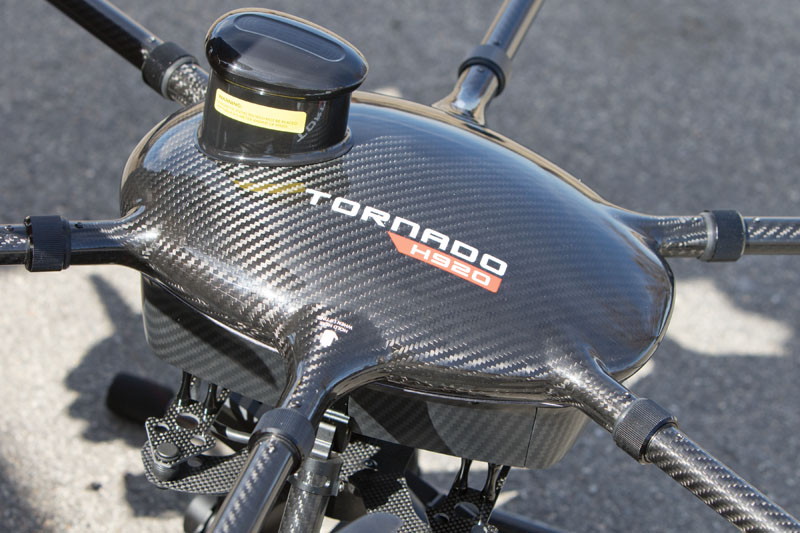
BODY
The carbon-fiber body is solid, and the twist-on rings add solid support to each of the arms as well as make setup easy.
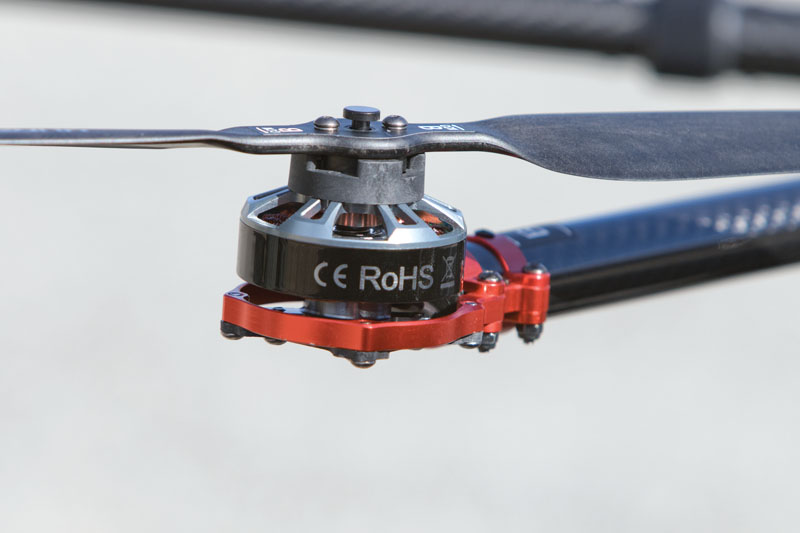
MOTORS
The six motors have more than enough power and quick-release props for easy setup.
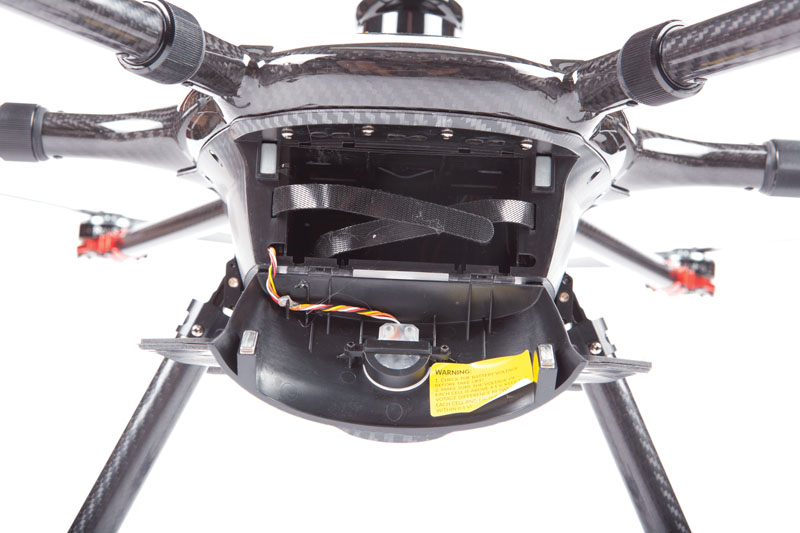
BATTERY COMPARTMENT Three 6S 4000mAh batteries easily and securely fit in this large compartment.
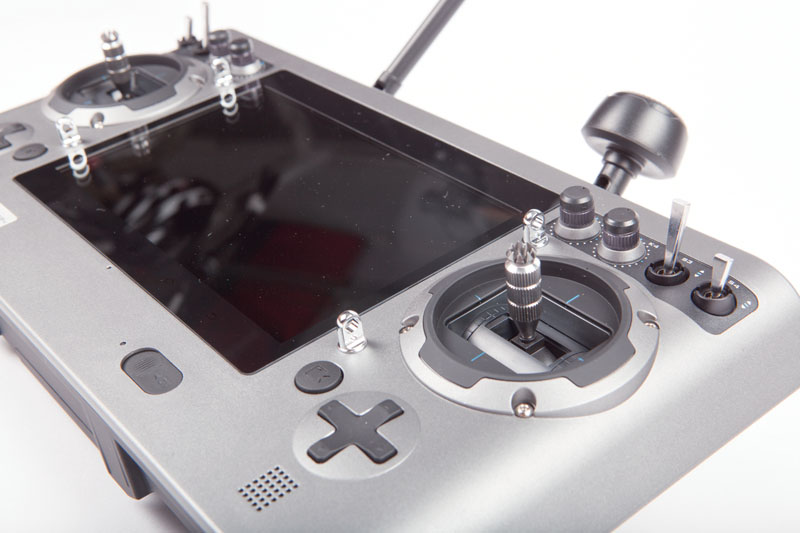
TRANSMITTER
The ST16 (16-channel) ground station has an easy-to-see 7-inch LCD screen that is clear and bright.
The hexacopter design is, in itself, a good safety device because, if one motor goes out, there is a good chance you can fly the aircraft back to the ground—something you can’t do with a quad. This design also provides solid and steady flight, which is what you want when shooting video and high-quality images. The retractable landing gear allows for a full 360-degree camera view with no obstructions, and this provides a lot of freedom for the cameraperson who is operating the gimbal.
There are a number of specialized cameras available for this bird, but I mainly use the CGO4 camera, which is designed for the H920. It was developed with the help of Panasonic, and features a 3X opti-cal zoom and shoots 4K-resolution videos
that are distortion-free. It can also switch between video and photos during flight. Two gimbal setups are available for the Tornado: one has the CGO4 camera, and the other is designed to carry the popular Panasonic GH4. Both come with a Proaction handheld gimbal, which allows you to use the camera and gimbal for ground work.
Aerial Recap
This large bird flies smoothly and can stay airborne for up to 24 minutes with a three-battery payload. Lifting off with any of the recommended camera payloads is well within the flight envelope of the Tornado, and it had a good amount of power and speed even while transporting these large cameras. The response speed is controllable on the transmitter, and when set to low, the movement of the drone is excellent for cinematic shooting.
One of the key updates with the Tornado H920 Plus is the addition of the autonomous intelligent task modes, which allow you to program different flying functions of the H920. While most of my flying is manually placing the Tornado where I need it, I found a few of these functions very useful. The first is Point of Interest, which is similar to Orbit Me (in which the drone circles around the pilot/transmitter). I first pick a point and log it into the transmitter, then pull the drone away from that point to where I would like it to orbit. Once the program has started, the Tornado will autonomously orbit around that subject. The flight path is more level and smooth than if I were flying the drone myself. The Curve Cable Cam and Waypoint Programming intelligent task modes also have some useful commercial applications.
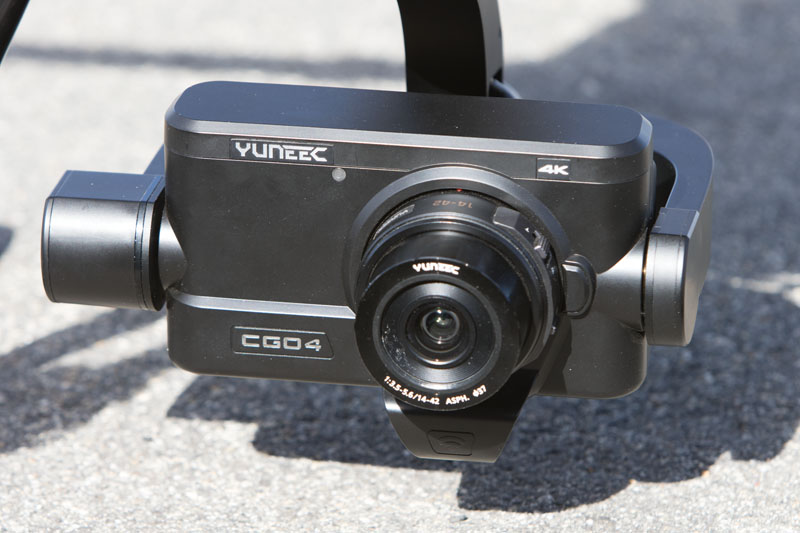
CGO4 Camera
I am a big fan of the Panasonic GH4 camera, and when I learned that the
CGO4 has the same internal components as the GH4, I knew it would produce outstanding images and video. The camera features a 3X optical zoom lens, 4K-resolution video, and 16-megapixel photos. The CGO4 is lighter than any other camera that could be mounted to the Tornado, and that equates to longer flight times. In addition, it has full remote-camera control with the ST16 ground station. A simple tap on the screen and the camera focuses on that area. Other functions that can be controlled from the screen include camera settings like ISO (100 to 25,600), shutter speed (1/8000 to
60 sec.), and—the feature I like best—the 14 to 42mm zoom (3X optical zoom). These camera controls are available to the pilot, and when working in team mode, they all transfer over to the camera operator’s transmitter.
While it’s great having all the camera controls on the transmitter, the true beauty of this camera is the finished video. The result is distortion-free, 4K footage that is clear and sharp all the way out to the edges. Add to this, the ability to change lenses and you truly have a professional camera that is a perfect match for the Tornado H920 Plus.
Bottom Line
The Tornado is an excellent-flying drone that is solid and easy to control, and it has smooth flight characteristics for great image quality. It’s ideal for commercial videography use.


